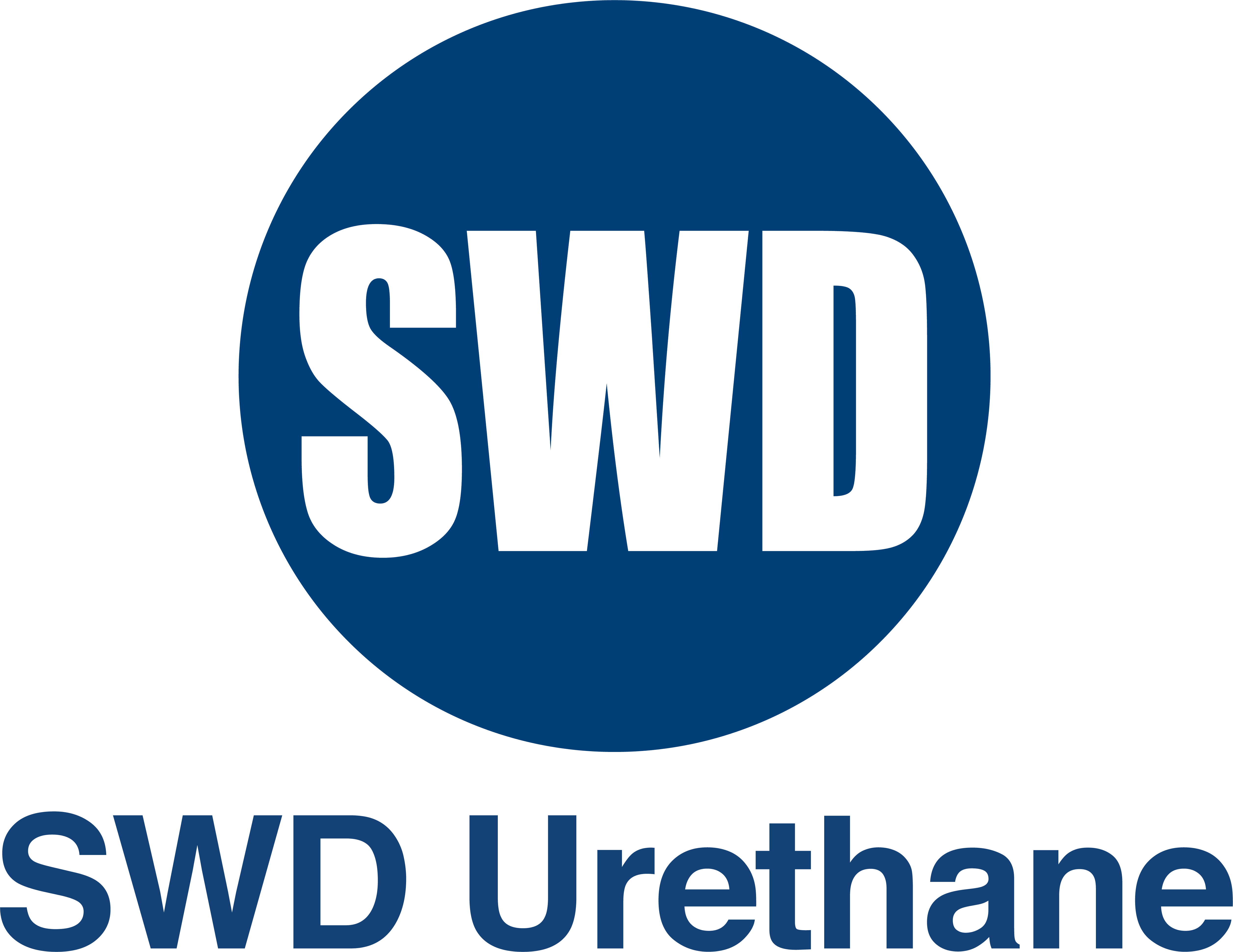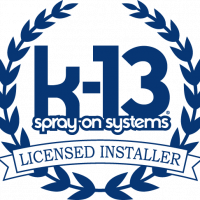Even though it’s often hidden behind walls and ceilings, insulation is one of the most crucial components of any home. Our houses would be chillier in the winter and warmer in the summer without it. Plus, energy bills would skyrocket if our houses didn’t have adequate insulation.
Needless to say, new-home building insulation should be on your mind if you’re in the middle of building a new house. This post will cover the top types of insulation to choose for different areas of your new house.
Attics
Attic insulation is crucial for keeping our homes comfortable and our energy bills low. Under-insulated attics allow heat to flow freely out through the roof as heat comes up through the lower levels. The top insulation choices for attics are cellulose, fiberglass or spray foam:
- Cellulose: Cellulose is one of the oldest types of insulation and is usually made of recycled materials, like newspaper. This type of insulation can either be blown-in or installed as loose-fill insulation on the attic floor. It’s an inexpensive type of insulation, but it doesn’t form an airtight seal in your attic.
- Fiberglass: Fiberglass is the least expensive new-home building insulation on the market, but you get what you pay for. Fiberglass is also the least effective. Batts or rolls of fiberglass insulation still allow for airflow into and out of your attic.
- Spray foam: For the most effective attic insulation out there, be sure to go with spray foam insulation. This is a newer type of insulation made from organic chemical compounds. Once installed, the foam expands up to 100 times its original size to fill in all of the nooks and crannies in your attic. While it is more expensive, spray foam carries a class-1 fire rating and resists mold and mildew.
Open wall cavities
All exterior walls must also be properly insulated to reduce heat transfer and help block out some street noise. For these open wall cavities, we recommend using fiberglass, wet-applied cellulose or spray foam:
- Fiberglass: If you’re looking to save some money on insulation, fiberglass is a good way to go—but expect your house to be a bit drafty in the winter and warmer in the summer if you choose fiberglass.
- Wet-applied cellulose: Wet-applied cellulose is applied differently than the construction insulation mentioned above. This product is mixed with a bonding agent before being sprayed into the wall cavity. The wet cellulose sticks to the cavity and stays there for the long haul.
- Spray foam: Again, it’s tough to top spray foam. Be sure to go with open-cell spray foam as opposed to closed-cell for wall cavities. This is because open-cell foam will move with your home as it shifts and settles.
Get the best insulation from Ace Insulation Inc.
If you’re in the middle of a new build, talk to our team at Ace Insulation Inc. about your construction insulation. From spray foam insulation to loose-fill insulation, we have all of the insulation products your new home needs.


